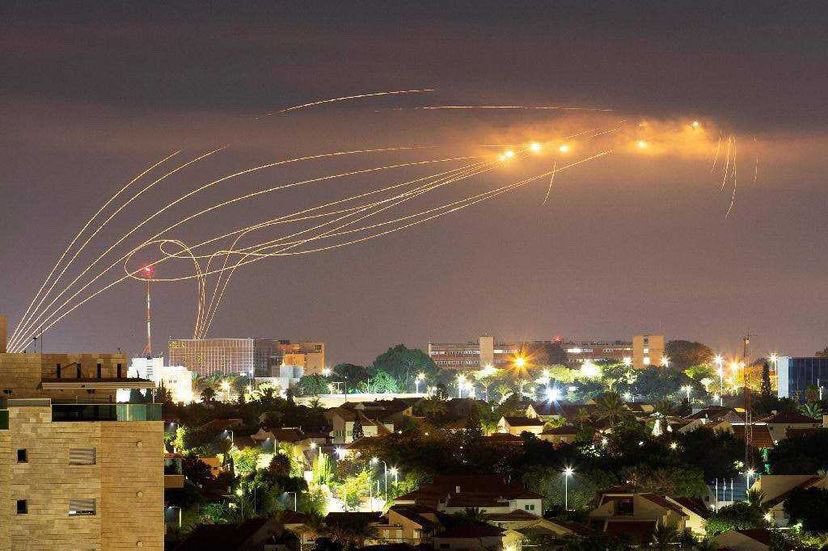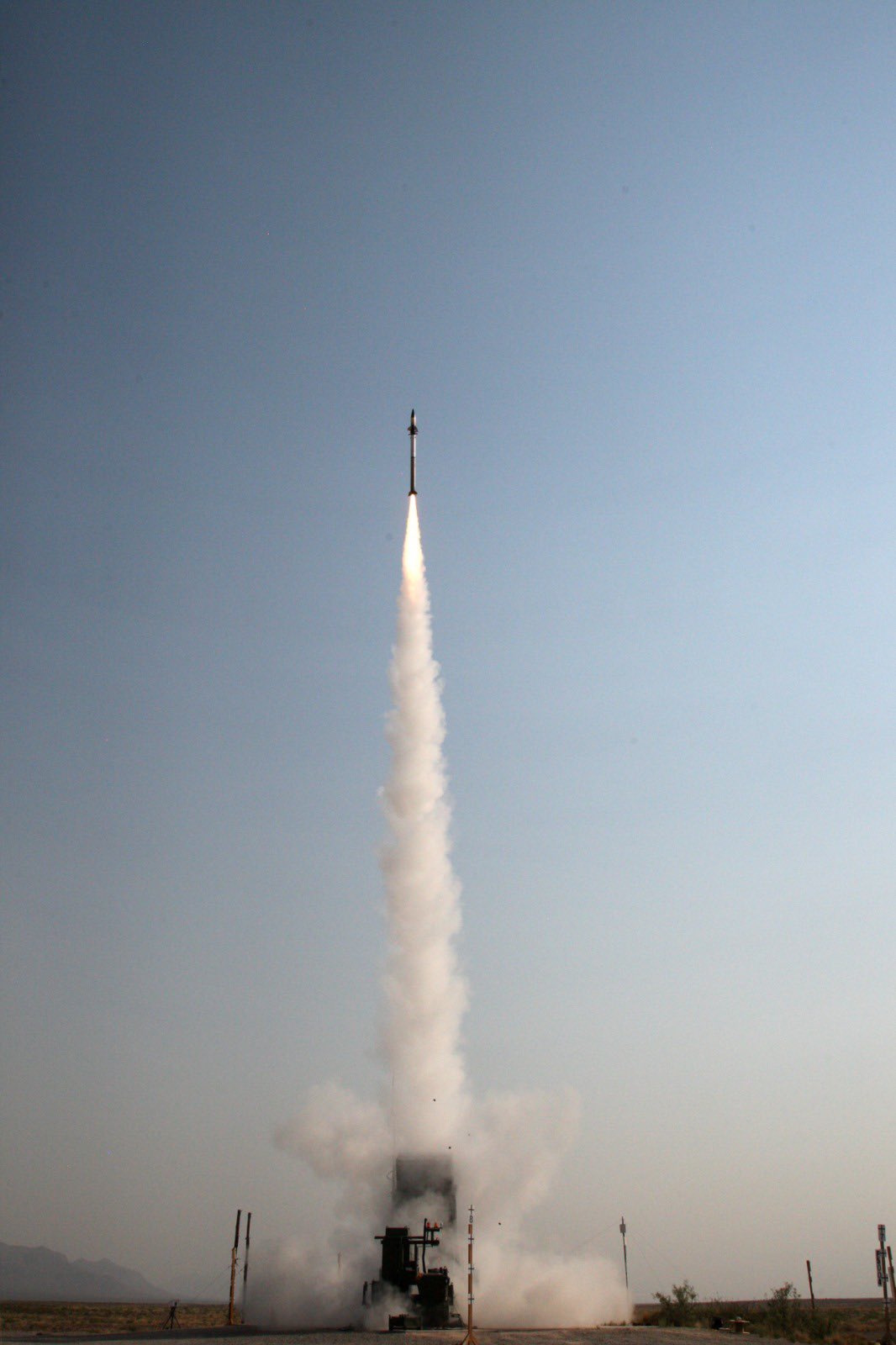The US Army will conduct an air defense exercise codenamed ‘Operation Iron Island’ in its military base in Guam. As part of these drills, it will re-evaluate the effectiveness of a potent missile system that has proved its mettle in the Middle East.
Washington has recently purchased two Iron Dome missile defense systems after the request was put forth by Congress. One of them will be deployed in Guam.
Developed by Rafael Advanced Defence Systems along with Israel Aerospace Industries, the Iron Dome is a Counter-Rocket, Artillery, and Mortar (C-RAM) system. The system comprises several launch units, each of which is loaded with about 20 interceptors. Highly automated, it also includes associated radars and a battle management and control unit.
It has been designed in a way that it can intercept short-range rockets as well as 150mm artillery shells with a range of up to 70 km.
Iron Dome’s Stunning Performance
The Iron Dome is widely known for its stunning performance during the latest Israel-Palestine clash in May. Palestinian militant outfit Hamas had fired hundreds of rockets at Israel and more than 90% of them were intercepted by the Iron Dome systems, Israel Defense Forces (IDF) claimed.
Its key features include a detection and tracking radar, battle management and weapon control system (BMC), and a missile-firing unit (MFU). The radar system has been developed by Israeli defense company Elta and the control system has been developed by Israeli software company mPrest Systems, which had collaborated with Rafael.
WATCH as the Iron Dome Aerial Defense System intercepts rockets over southern Israel: pic.twitter.com/xUz3bMuTzz
— Israel Defense Forces (@IDF) May 12, 2021
Owing to its large number of steering fins, the Iron Dome missile has high maneuverability and is also equipped with electro-optic sensors. It is capable of adapting to rapidly evolving threats and can counter multiple threats at the same time.
Once the Iron Dome detects and identifies a rocket, the system’s radar monitors the path of the rocket. Based on the information that the radar provides, the system’s BMC analyses the path of the threat and then calculates the possible point of contact.
In case the calculated path of the rocket poses a real threat, a command is run to launch an interceptor against the threat. The rocket is then detonated by the interceptor at a neutral location.

Since Hamas fired an overwhelmingly large number of rockets at Israel, it was impossible for the Iron Dome to intercept all of them and some rockets did hit some urban areas in the country.
Even then, the interceptions were described as “extraordinary” by many experts. The Israelis hailed the Iron Dome as ‘god’s grace’ for all of its successful interceptions.
What Is The US Planning
The US Army will be deploying one of its Iron Dome defense systems to the Anderson Air Force Base in Guam, according to a statement issued by the 94th Army Air and Missile Defense Command (AAMDC) on October 7.

This deployment codenamed ‘Operation Iron Island’ is expected to evaluate the capabilities of this air defense system, to train and improve the capabilities of air defenders, the statement further said.
The deployment will also cater to the requirement of the fiscal 2019 National Defense Authorization Act, which said that an Iron Dome battery should be deployed to an operational theater by 2021.
The Iron Dome systems are expected to arrive in mid-October and the exercises will go on until November, according to an Army spokesperson. This “temporary, experimental deployment” is going to be overseen by the 94th AAMDC at the Anderson Air Force Base.
The performance and live fire test was conducted at the White Sands New Mexico (WSMR) test range, and was the first time US soldiers intercepted live targets employing the Iron Dome System. Iron Dome developers Rafael, IAI Elta and mPrest supported the test.2/2 pic.twitter.com/1rGEkVpFrW
— Ministry of Defense (@Israel_MOD) August 23, 2021
The system is going to be deployed by the 2-43 Air Defense Artillery Battalion from Fort Bliss, Texas. This unit has been training on the Iron Dome air defense system for almost a year. Apart from these, this mission is also going to be supported by the soldiers of the 38th ADA Brigade who will be coming from Japan.
The exercises will be focused on “gathering data on sustainment, deployment considerations, and how we integrate Iron Dome with our existing air defense systems which, in this case, is the Terminal High Altitude Area Defense Battery that has been deployed to Guam since 2013”, the Army spokesman said.
F-22 Pilot Explains Why His ‘Super Lethal’ Fighter Jet Will Avoid An Aerial Duel With Russian Su-35 Aircraft
According to the statement issued by the 94th AAMDC, “There is currently no plan to conduct a live-fire of the system while it is on Guam”.
The US had purchased the Iron Dome batteries to fill the cruise missile gap and in the meantime, it is developing a permanent solution for countering a variety of air and missile threats.
While the Army does not plan to buy any more Iron Dome batteries, parts of the system can be incorporated into the service’s indirect fires protection capability. This capability will enable the Army in defeating cruise missiles, drones, rockets, artillery as well as mortars.
- Written by Kashish Tandon/EurAsian Times Desk
- Follow EurAsian Times on Google News




